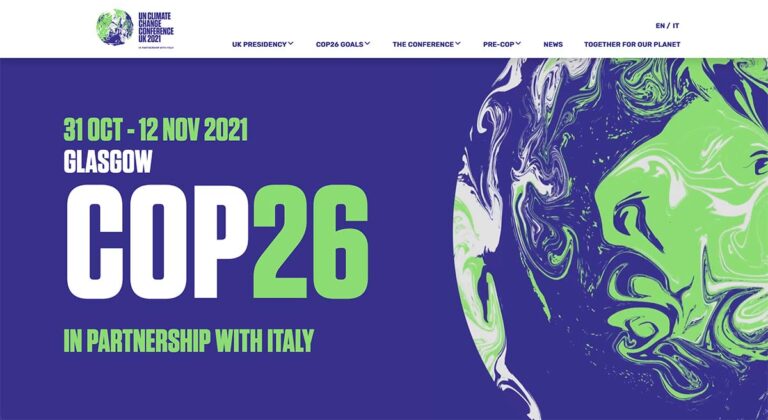My first encounter with project scope was a challenging experience. As a software engineer, I remember attending numerous meetings to ensure our project remained on track. I had never felt so restricted in my life.
This experience exemplifies rigid scope management, which can hinder the creation of a valuable project or product.
It took me some time to make peace with the concept of scope because I rarely saw reasonable results. However, when executed properly, project scope management can deliver significant value.
In this guide, I’ll help you understand more about project scope and how to manage it effectively so you can avoid feeling trapped as I once did.
Table of contents:
Table of Contents
What is project scope?
In a nutshell, project scope defines the boundaries of what you’re trying to achieve. It outlines what will be part of your project and what won’t.
For instance, when organizations outsource a project, they typically specify a list of items that are part of the project and identify others that aren’t. This information constitutes the project scope and can be found in both public and private tenders.
It’s crucial to understand that traditional project scope outlines the outputs required to complete the project. While this approach works well with predictable systems, such as civil engineering, it can lead to frequent scope changes in complex systems when too many outputs are defined upfront.
Planning your project scope
How you plan your project scope will ultimately determine your level of empowerment. Rigid requirements established upfront don’t work well with digital product management due to the complexity and unpredictability of the digital product world.
Creating an environment that promotes rapid learning increases the likelihood of success.
Here’s how I approach project scope planning:
- Project goal — Define the ultimate result you want to achieve
- Timeframe — Set a deadline to determine your investment
- Key milestones — Identify the essential steps required to reach your goal
- Scope — Use a tool such as story mapping to define the scope
- Assumptions — Identify your assumptions and test them as quickly as possible
Setting the project scope
The key to setting the scope of a project is to identify the characteristics of what you’re trying to achieve instead of specifying what you need to deliver. The more outputs you define, the more time you’ll waste managing scope change processes.
A common way of setting the project scope is by using a work breakdown structure (WBS). This is typically done in collaboration with domain experts and project sponsors. While a WBS can be helpful, it’s challenging to prioritize because it defines the scope without telling a story.
Let me provide a simple example. Suppose you’re creating a marketplace to connect service providers with customers. A basic WBS might look like this:
[INSERT IMAGE]
The challenge with the example above is that it’s difficult to prioritize tasks. That’s why I prefer story mapping as a tool to define project scope.
Story mapping is a method created by Jeff Patton that involves examining the entire journey from start to finish. You then draw a line to indicate your prioritization. This technique works best when a diverse group of people collaborate, including customers.
Here’s an example:
[INSERT IMAGE]
Story mapping helps you gain a better understanding of the overall goal of your project, making it easier to identify what you need to discover and prioritize accordingly.
Managing scope changes
In traditional project management, breaking the scope, also known as scope creep, was considered a sign of poor product management. Changes had to be negotiated and the scope reviewed. This rigid approach is still used in public and private tenders, but it often fails to contribute to the project’s ultimate goal.
Change is the only certainty in any project. You can either resist or accept change. The former will slow you down, while the latter will accelerate progress. That’s why it’s essential to focus on goals rather than outputs when defining project scope.
Here are my tips for managing project scope effectively:
- Evaluate goals — Assess the team’s progress towards the goal, and adjust your actions accordingly
- Learn iteratively — Identify what the team has learned in recent weeks and understand how these insights impact the goal. Adapt your actions based on newfound knowledge. It’s natural to discover that something won’t work as expected and wise to adjust your next steps accordingly
- Be transparent — Whenever you make scope or action adjustments, be transparent and communicate changes to the project sponsor and team
- Make tough decisions — There may be instances when you discover that the goal has become unattainable. In such cases, involve the project sponsor and present facts and evidence to support your findings. You can choose to stop the project, pivot, or persist
Tips for effective scope management
I began this post by sharing a negative experience with scope management, marred by antipatterns that are still prevalent today. Effective scope management enables teams to concentrate on what matters, while poor scope management hinders value creation.
Here are some characteristics that can help you derive value from scope management:
- Outcomes, not outputs — Focus on what the team is supposed to achieve rather than defining features and requirements. This approach provides multiple alternatives to problem-solving without limiting your team
- Flexibility — Embrace change as a natural part of the project process. Allow your team the flexibility to adapt to new information and make necessary adjustments to achieve the project’s goal
- Collaboration — Involve a diverse group of stakeholders, including customers, in the scope-setting process. This helps ensure that the project addresses real needs and enhances the likelihood of success
- Regular review — Conduct regular reviews to assess progress towards the goal, learn from new insights, and make any necessary changes to the project scope. Communicate these changes clearly to all stakeholders
- Clear communication — Establish open and transparent communication channels within the project team and with external stakeholders. This will enable everyone to stay informed and aligned with the project’s goal and any scope adjustments
- Documentation — Document scope changes, decisions, and the rationale behind them. This helps maintain a clear understanding of the project’s direction and provides a basis for future reference and learning
By incorporating these tips into your project scope management strategy, you can effectively manage the project scope and deliver valuable outcomes.
Remember, the key is to focus on the project’s goal and adapt as necessary based on new information and learning. This approach enables your team to create valuable products and solutions that meet the needs of your stakeholders and customers.
Project scope management template
You can use this simple project scope template to guide your project planning and scope management process. Replace the text in italic with the details specific to your project or product:
- Project title
[Briefly describe the project] - Project objective
[Define the primary goal of the project] - Project scope
- Inclusions:
[List the specific deliverables, features, and tasks that are part of the project] - Exclusions:
[List items, features, or tasks that are specifically not part of the project]
- Inclusions:
- Key stakeholders
[Identify the main stakeholders involved in the project] - Project milestones
[List the major milestones with target completion dates] - Assumptions
[List any assumptions made during the planning process that need to be validated] - Constraints
[Describe any limitations, such as budget, resources, or time, that may affect the project] - Risks and mitigation strategies
[Identify potential risks, their likelihood, impact, and mitigation strategies] - Change management process
[Outline the procedure for requesting, reviewing, and implementing scope changes]
This project scope template is also available as a Google Doc, which you can customize to suit your own project by selecting File > Make a copy from the main menu bar.
Conclusion
A product is never final; it’s in constant evolution. That’s why you cannot have rigid scope management.
At the same time, no team will innovate without focus. Aim to provide guidance and focus, then let the team do the work.
Guidance over control will help you and your teams create outstanding results.
Featured image source: IconScout
The post What is project scope management? Examples and template appeared first on LogRocket Blog.
from LogRocket Blog https://ift.tt/1Wm8Vdo
Gain $200 in a week
via Read more






